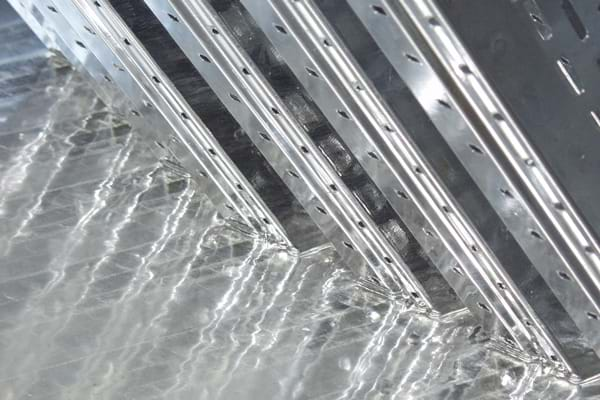German steel producer Salzgitter said Feb. 26 it had obtained certification for the production of lower carbon emissions galvanized steel and slab from verification agency TUV SUD based on cuts of up to 75% compared with the blast furnace route.
Salzgitter said it had obtained two conformity statements certified in line with TUV’s VERIsteel procedure for steel from its ferrous scrap-based Peine mini mill, in combination with the galvanizing plant in Salzgitter.
“We are the first European producer to obtain a conformity statement for green steel products,” said Ulrich Grethe, chairman of the management board of Salzgitter Flachstahl, in a statement. “Many of our customers consider it important to take delivery of a real, physical reduced-CO2 product now rather than being satisfied with more or less theoretical CO2 footprint projections.”
Germany’s TUV verified the carbon footprint procedures for producing strip steel from blast furnaces and EAFs, and found the new steel process achieved reductions of more than 75% in the CO2 footprint of slabs and more than 66% in that of galvanized coils, based on 2018 data, the statement said.
The VERIsteel process provides proof of product-specific CO2 emissions in steel production, and tracks decarbonization, it said.
“These steel grades have met with great interest from customers operating in range of different sectors,” it said.
The steel group planned to offer a range of low-emissions flat steel products before the end of 2020 after making changes to the Peine electric arc furnace (EAF) mill, owned by Salzgitter’s Peiner Trager, which produces beams and sections. One of the two continuous casting lines at Peine was fitted to cast slabs for the low-emissions flat steel initiative.
The company will increasingly pursue the path toward decarbonization with direct reduction iron (DRI) plants, through its SALCOS – Salzgitter Low CO2-Steelmaking project, Grethe said.
“This innovation project enables us to switch entirely from conventional steel production to hydrogen- and natural gas-based processes, which enables CO2 to be lowered by up to 95 %,” Grethe added. “The political and economic framework conditions for this to happen must be set in place as quickly as possible.”
— Hector Forster






